Owning an RV offers the freedom to explore and experience the great outdoors without sacrificing the comforts of home. One of the essential components ensuring your comfort is your RV's air conditioner. If your unit is no longer keeping you cool, it might be time for a replacement. This guide will walk you through everything you need to know about buying a replacement RV air conditioner, from key brand reviews to selecting the right unit and the must-have accessories.
Review of Key Brands
When it comes to RV air conditioners, several brands stand out for their reliability, performance, and customer satisfaction. Here’s a closer look at the top four brands in the market:
1. Coleman RV Air Conditioners
Coleman is a household name in the world of outdoor equipment and their RV air conditioners are highly regarded for durability and efficiency. Noteworthy models include:
- Coleman Mach 15: Known for its high cooling output (15,000 BTUs), ideal for larger RVs.
- Coleman Mach 8: Features a low profile design which reduces drag and overall height, making it a popular choice for RV owners concerned about aerodynamics.
2. Dometic RV Air Conditioners
Dometic has a sterling reputation in the RV community for producing dependable and efficient air conditioners. Key models include:
- Dometic Brisk II: Offers powerful cooling capacity (available in 13,500 and 15,000 BTUs) and is known for its robust construction.
- Dometic Penguin II: Another low-profile option that’s energy efficient and designed to reduce wind resistance.
3. GE Appliances RV Air Conditioners
A newer player in the RV AC market, GE Appliances is gaining traction with high-quality units and innovative features. Top models include:
- GE Arctic: Known for quiet operation and powerful cooling, this model features an easy-to-use digital display and remote control.
4. Furrion RV Air Conditioners
Furrion is known for bringing advanced technology and sleek design to the RV air conditioning market. Notable models include:
- Furrion Chill: Offers high energy efficiency and a modern design, complete with an easy installation process and energy-saving features.
How to Select the Right Unit for Your RV
Choosing the right replacement RV air conditioner involves considering several factors to ensure you get the best fit for your needs. Here’s what to keep in mind:
1. Cooling Capacity
Measured in British Thermal Units (BTUs), the cooling capacity should match the size of your RV. Larger RVs typically require units with higher BTUs (e.g., 15,000 BTUs), while smaller RVs can suffice with lower BTUs (e.g., 13,500 BTUs).
2. Type of Unit
RV air conditioners come in different types:
- Rooftop Units: The most common type, offering strong cooling capabilities and saving interior space.
- Under-Bench Units: Installed within the RV’s interior, great for maintaining a streamlined roof but often less powerful than rooftop units.
- Portable Units: Provide flexibility and can be moved as needed, but typically offer less cooling power.
3. Energy Efficiency
Energy-efficient units can save on power consumption, which is crucial when you’re off-grid or running on battery power. Look for units with high Energy Efficiency Ratios (EER).
4. Noise Level
A quieter unit can make a significant difference in your comfort, especially during the night. Research the decibel ratings and read reviews to get an idea of the noise levels.
5. Ease of Installation
Some units are easier to install than others. If you’re planning to do the installation yourself, opt for a model that comes with clear instructions and all necessary components.
Important Accessories to Buy When Replacing Your RV Air Conditioner
To ensure your new air conditioner works efficiently, consider purchasing these essential RV Air Conditioner accessories:
1. Thermostats and Control Units
Upgrading your thermostat can give you more precise control over the temperature settings. Digital thermostats offer user-friendly interfaces and additional features like programmable schedules.
2. Air Filters
Regularly replacing air filters can improve air quality and the efficiency of your AC unit. Stock up on compatible filters to keep on hand.
3. Insulation Foam
Proper insulation around your AC unit can prevent cool air from escaping and hot air from entering, enhancing the overall efficiency of your system.
4. Shroud or Cover
Protect your rooftop air conditioner from the elements when not in use with a durable shroud or cover. This can extend the lifespan of your unit by shielding it from UV rays, rain, and debris.
5. Soft Start Device
A soft start device can reduce the initial power surge required to start your air conditioner, which is particularly useful when running on limited power sources like a generator or solar power.
Conclusion
Replacing your RV air conditioner is an investment in your comfort and enjoyment of life on the road. By understanding the key brands, selecting the right unit for your needs, and equipping yourself with essential accessories, you can ensure a seamless and satisfying replacement process.
Ready to upgrade your RV's cooling system? Explore our detailed reviews and start your journey to a cooler, more comfortable RV experience today. Remember, the right air conditioner can make all the difference in your adventures!
1. What size air conditioner do I need for my RV?
Answer: The appropriate size of an RV air conditioner depends on the size of your RV. Generally, a 13,500 BTU unit is sufficient for smaller RVs (up to 22 feet), while larger RVs (23 feet and above) may require a 15,000 BTU unit to ensure effective cooling. Always refer to the manufacturer’s specifications and consider factors like insulation and climate.
2. How do I install an RV air conditioner?
Answer: Installation typically involves removing the existing vent cover, positioning the air conditioner unit, securing it, and connecting the electrical wiring. While many RV owners opt to install it themselves using detailed instructions, we recommend professional installation to ensure safety and optimal performance.
3. How often should I service my RV air conditioner?
Answer: Regular maintenance is key to extending the life of your RV air conditioner. It is recommended to service your unit at least once a year. This includes cleaning or replacing filters, checking the coils, inspecting the seals, and ensuring there are no obstructions in the airflow.
4. Can I run my RV air conditioner on batteries?
Answer: Running an RV air conditioner solely on batteries is not feasible due to the high power consumption. Most RV air conditioners require a significant amount of power, typically provided by shore power, a generator, or a sufficiently large solar power system combined with an inverter.
5. Why is my RV air conditioner making noise?
Answer: A noisy air conditioner can be caused by several factors, including loose parts, debris in the fan, or the unit being unlevel. If your air conditioner is louder than usual, inspecting and tightening any loose screws and cleaning the unit may help. Persistent noise issues may require professional attention.
6. How can I make my RV air conditioner more efficient?
Answer: To maximize efficiency, keep your filters clean, ensure there are no obstructions to the airflow, use reflective window covers to reduce heat gain, and close off unused areas of your RV. Additionally, parking in shaded areas can help reduce the workload on your air conditioner.
7. What should I do if my RV air conditioner isn’t cooling properly?
Answer: If your air conditioner isn’t cooling effectively, start by checking the thermostat settings and ensuring the system is set to "cool" mode. Clean or replace the air filters and check the vents for obstructions. If these steps don't resolve the issue, it may be necessary to have a professional inspect the refrigerant levels and the overall system.
8. Can I use my RV air conditioner while driving?
Answer: Yes, you can use your RV air conditioner while driving, provided you have a generator running or a substantial power inverter system connected to your RV’s engine. Ensure that the power source you are using can handle the air conditioner's power requirements.
9. What are the signs that my RV air conditioner needs to be replaced?
Answer: Common signs that it might be time to replace your RV air conditioner include inadequate cooling, frequent breakdowns, unusual noises, or leaks. Additionally, if your unit is over ten years old, it may be more cost-effective to replace it rather than repair it, as newer models are more energy-efficient.
10. How do I winterize my RV air conditioner?
Answer: To winterize your RV air conditioner, start by cleaning the unit thoroughly, removing and cleaning the filters, and covering the exterior unit with an RV air conditioner cover to protect it from the elements. Additionally, inspect and seal any gaps to prevent moisture ingress and damage during the winter months.
For any further questions or support, feel free to contact our customer service team. We’re here to help ensure your RV adventures remain cool and comfortable!


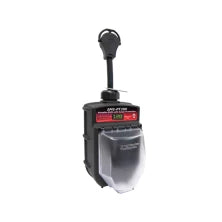
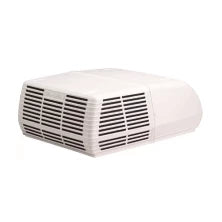
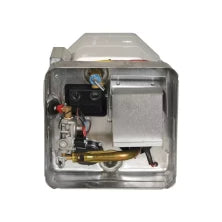
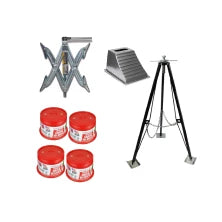
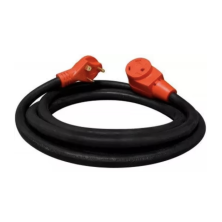
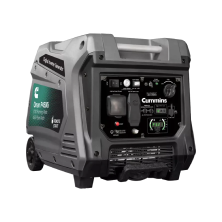
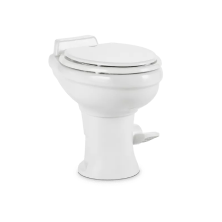
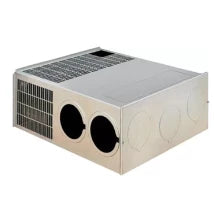
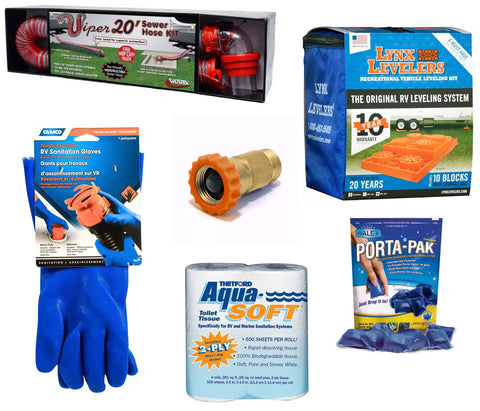
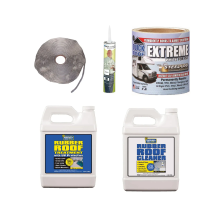
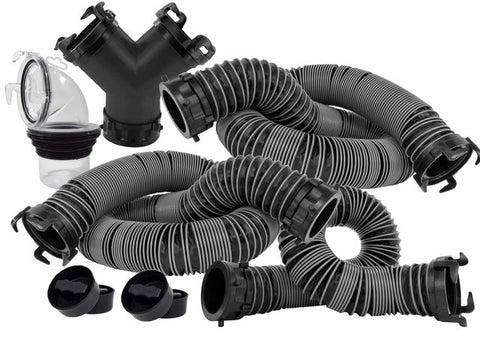
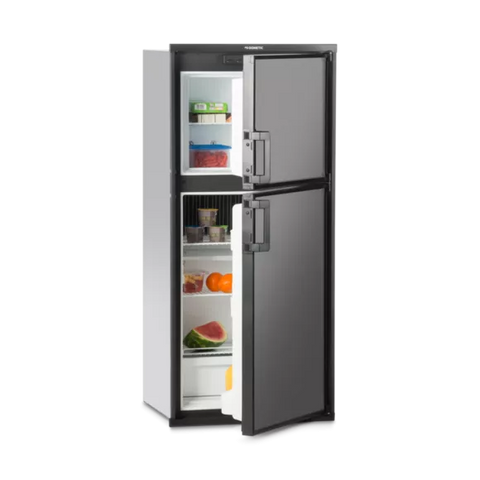
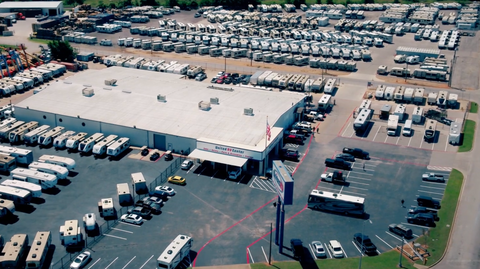
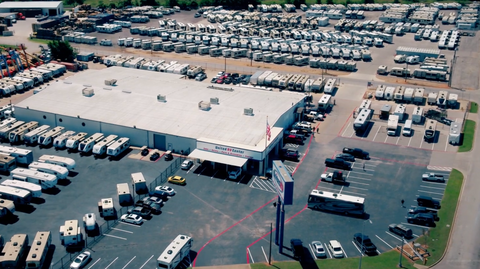
Comments (1)
i had 13,500 replace with 15,000 will the control assembly 833ob751 work